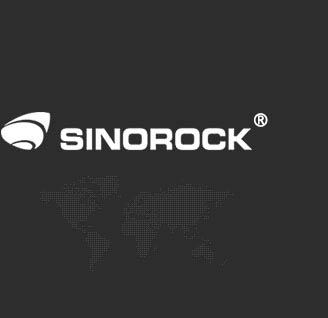Components of a Self-Drilling Anchor System
Time:2025-07-17From:sinorock View:
A self-drilling anchor system is an advanced engineering solution widely used in geotechnical applications such as tunneling, slope stabilization, and foundation support. This system integrates drilling, anchoring, and grouting into a single process, offering efficiency and reliability in challenging geological conditions. Below, we explore the key components of a self-drilling anchor system, their functions, and their significance in ensuring structural stability.
1. Drill Bit
The drill bit is a critical component of the self-drilling anchor system, designed to penetrate various rock and soil formations. Once the anchor reaches the predetermined depth, the drill bit remains at the bottom of the borehole. To optimize performance and reduce costs, Sinorock offers a variety of drill bit designs tailored to specific geological conditions and borehole requirements. Common types include:

• Steel Cross-cut Drill Bit (EX): Suitable for hard rock formations, offering durability and efficient cutting.
• Tungsten Carbide Cross-cut Drill Bit (EXX): Enhanced with alloy materials for improved wear resistance in abrasive conditions.
• Clay Bit: Designed for cohesive soils like clay, ensuring smooth drilling and debris removal.
• Steel Button Bit (ES): Features spherical buttons for robust performance in mixed ground conditions.
• Carbide Button Bit (ESS): Combines alloy tips for enhanced durability and efficiency in tough rock layers.
Each drill bit type is available in multiple diameters, engineers can select the most suitable option based on the project's geological and dimensional requirements.
2. Hollow Anchor Rod
The hollow anchor rod serves as both the drill rod and the rock bolt, enabling simultaneous drilling and grouting. This dual functionality streamlines the installation process, making it highly efficient for time-sensitive projects. The rod features continuous threading—either R-type or T-type—allowing for easy cutting and connection during installation. Key characteristics include:
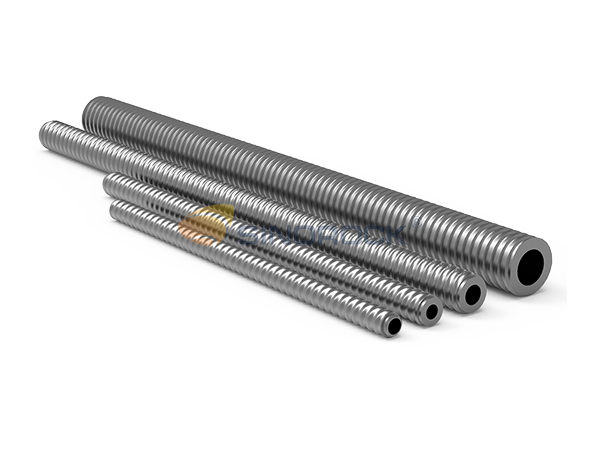
• Material Versatility: Available in stainless steel for corrosion-prone environments or low-carbon steel for high-impact resistance.
• Market-Specific Options: Standard products cater to general applications, while economical variants provide cost-effective solutions for budget-conscious projects.
• Customizable Length: The threaded design allows for flexible length adjustments, ensuring adaptability to various site conditions.
The hollow anchor rod can integrate drilling and grouting, making it a cornerstone of the self-drilling anchor system, ensuring structural integrity and ease of installation.
3. Coupler
The coupler connects multiple anchor rods to extend the system's length, particularly in deep drilling applications. As the connection point can be a potential weak link, rigorous tensile testing ensures that the coupler's strength matches or exceeds that of the anchor rod. Key features include:
.jpg)
• High-Strength Design: Manufactured to withstand significant tensile forces, ensuring system reliability.
• Quality Assurance: Each batch undergoes strict quality control, including random sampling, to meet industry standards.
• Critical Role: The coupler's quality directly impacts the overall performance of the anchoring system, making its selection crucial for project success.
Choosing a high-quality coupler enhances the system's durability and safety, reducing the risk of failure during installation or operation.
4. Centralizer
The centralizer ensures that the hollow anchor rod remains centered within the borehole, facilitating uniform grout distribution. Positioned ahead of the coupling sleeve, the centralizer maintains a minimum grout cover of 20mm around the rod, which is essential for effective load transfer and corrosion protection. Its primary functions include:
.jpg)
• Alignment: Keeps the anchor rod centered, preventing contact with the borehole walls.
• Grout Coverage: Ensures consistent grout thickness, enhancing the anchor's bond with the surrounding rock or soil.
• Installation Efficiency: Simplifies the grouting process by maintaining proper rod positioning.
The centralizer is a small but vital component that contributes to the system's overall stability and performance.
5. Plate
The plate, installed at the end of the anchor rod, distributes the anchoring force to the rock or soil surface. Positioned between the nut and the rock face, it ensures effective load transfer. Plates come in two main types:
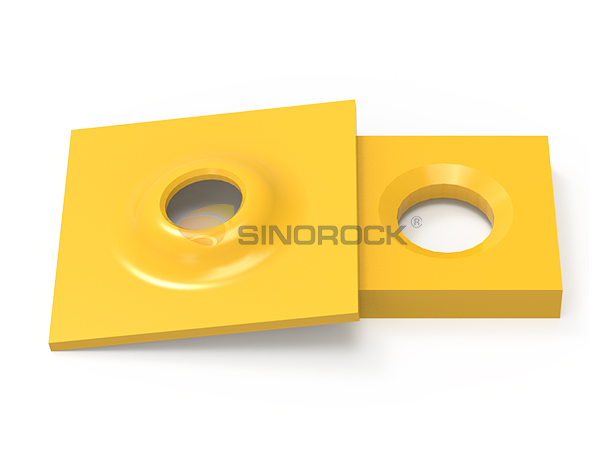
• Domed Plate: Commonly used in soil nailing applications, providing enhanced stability in softer ground.
• Flat Plate: Preferred for micropile applications, offering a stable base in compact formations.
The choice of plate depends on the specific application and ground conditions, ensuring optimal load distribution and system performance.
6. Nut
The nut secures the plate to the hollow anchor bar, transferring the anchoring force to the plate and locking the system in place. Designed with an arc-shaped face, the nut ensures proper contact with the plate, even when slight misalignments occur. Key features include:
.jpg)
• Load Transfer: Matches the strength of the hollow anchor bar, ensuring no weak points in the system.
• Flexible Design: For larger misalignments, domed nuts or wedges can be used to maintain effective force transmission.
• Deformation Prevention: The nut's robust design helps prevent rock deformation, ensuring long-term stability.
The nut's ability to securely fasten the system components makes it essential for maintaining the self drilling hollow anchor bar's integrity under load.
Applications and Benefits
The self-drilling anchor system’s components work synergistically to provide a robust, efficient, and adaptable solution for geotechnical challenges. Common applications include stabilizing slopes in highway construction, supporting tunnel excavations, reinforcing foundations for high-rise buildings, and securing mining operations. The system’s ability to operate in diverse conditions—from soft soils to hard rock—makes it a go-to choice for engineers.
.jpg)
Key benefits include:
• Time Efficiency: The integrated drilling and grouting process reduces installation time compared to traditional anchoring methods.
• Cost-Effectiveness: Economical component options and streamlined installation lower overall project costs.
• Versatility: Customizable components allow the system to adapt to a wide range of geological conditions and project requirements.
• Durability: High-quality materials and rigorous testing ensure long-term performance, even in corrosive or high-stress environments.
Conclusion
The self-drilling anchor system is a versatile and efficient solution for geotechnical challenges. Its components—drill bit, hollow anchor rod, coupling sleeve, centralizer, plate, and nut—work together to provide a robust and adaptable anchoring system. By selecting the appropriate components based on geological conditions and project requirements, engineers can ensure reliable performance and long-term stability in demanding environments.
latest news
-
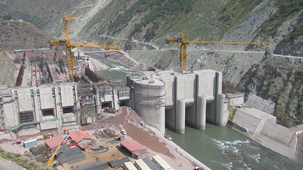
- What Are the Applications of SDA Bolts in Hydropower Stations?
- Time:2025-08-21From:This Site
- Learn how self-drilling anchor bolts enhance slope stability, tunnel support, and dam reinforcement in complex geological conditions at hydropower stations. Optimize hydropower projects with efficient, cost-effective, and eco-friendly solutions.
- View details
-
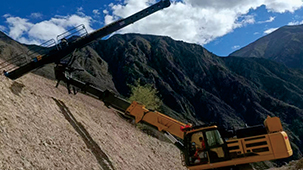
- Slope Stabilization with SDA Bolts: Benefits & Applications
- Time:2025-08-19From:This Site
- Discover how self-drilling anchor bolts (SDA bolts) provide superior slope stabilization for highways, railways, and tunnels. Learn their key benefits, installation process, and real-world applications in loose or collapsible soils.
- View details
-
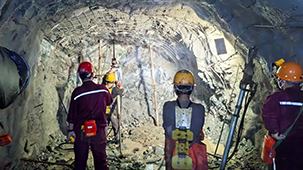
- How Self-Drilling Rock Bolts Enhance Tunnel Support in Fractured Rock?
- Time:2025-08-15From:This Site
- Discover how self-drilling rock bolts enhance tunnel support in fractured rock. Learn their benefits, installation steps, and real-world applications for safe, efficient tunneling.
- View details
-
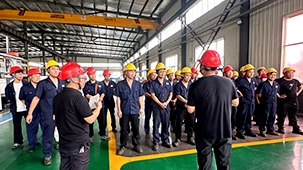
- Sinorock 2025 Quality Month | Strengthening Quality Foundations, Empowering Product Excellence
- Time:2025-08-13From:This Site
- Sinorock’s 2025 Quality Month, themed “Strengthening Quality Foundations, Empowering Product Excellence,” successfully concluded, reinforcing our commitment to superior product quality.
- View details
-
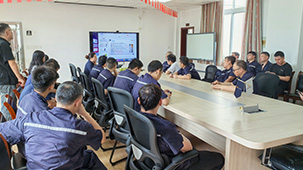
- Sinorock Safety Month 2025 | Everyone Speaks Safety, Everyone Can Respond
- Time:2025-07-03From:This Site
- Sinorock Safety Month 2025, centered on the theme "Everyone Speaks Safety, Everyone Can Respond - Spot Workplace Hazards," has wrapped up successfully!
- View details
-
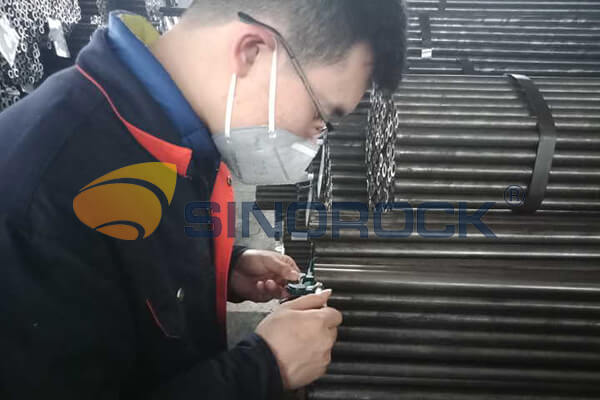
- Quality Control: the Vital Factor of A SDA Bolt Factory
- Time:2025-01-09From:This Site
- Sinorock’s comprehensive quality control system, from supplier management to outgoing inspections, ensuring the highest standards for self-drilling anchor bolts in construction.
- View details
-
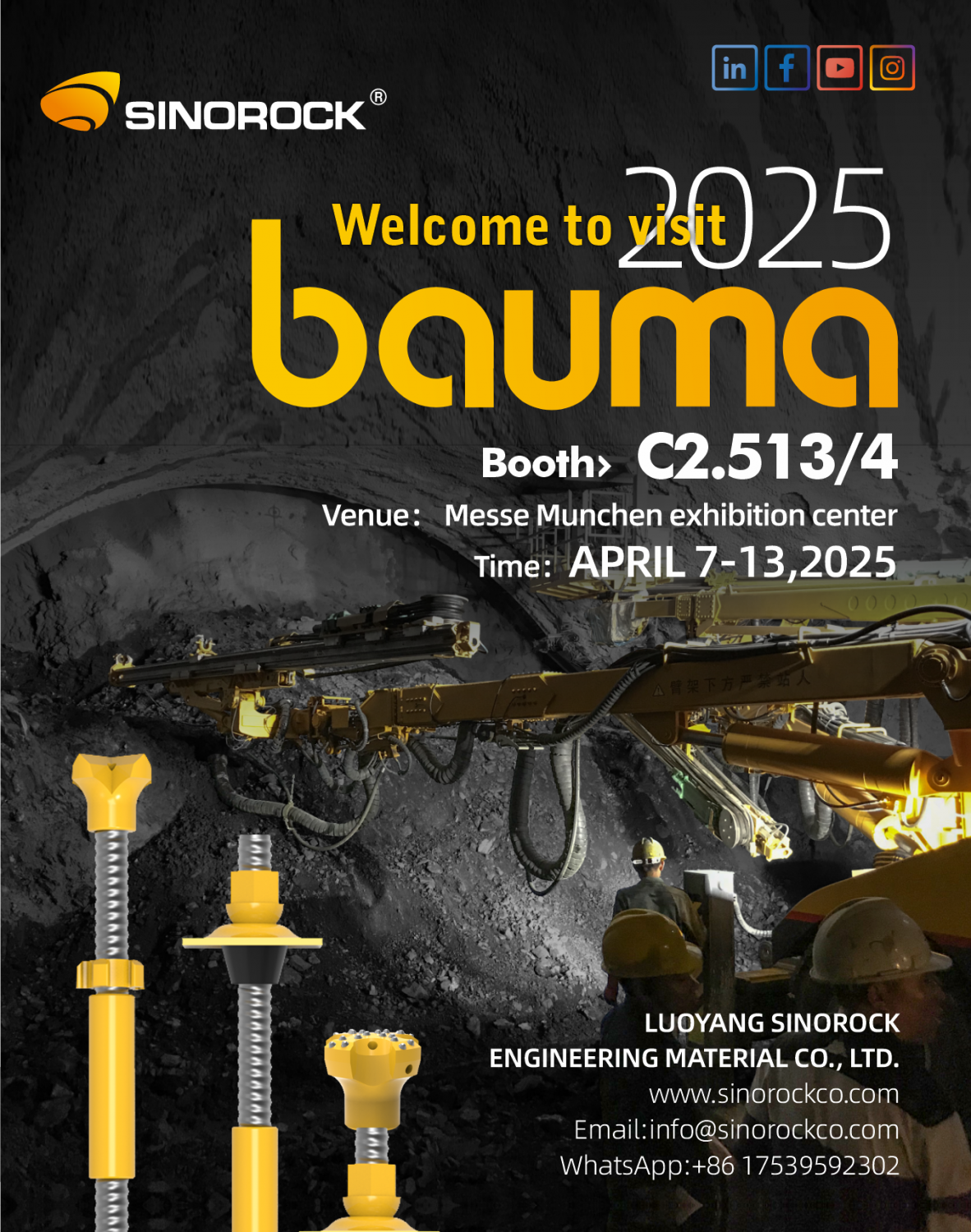
- Sinorock Invites You to Explore Proven Self-Drilling Anchor Bolt Solutions at bauma 2025
- Time:2025-03-07From:This Site
- From April 7–13, 2025, explore Sinorock’s Self-drilling anchor bolt solution at Booth C2.513/4 in Hall C2 of the Messe München Exhibition Center (Munich, Germany).
- View details
-
.jpg)
- SINOROCK to Attend EXPOMINA PERÚ 2024 in Lima, Peru
- Time:2024-08-10From:This Site
- Sinorock to Attend EXPOMINA PERÚ 2024 in Lima, Peru
- View details
-
.jpg)
- SINOROCK to Participate in MINING AND METALS CENTRAL ASIA 2024
- Time:2024-08-08From:This Site
- SINOROCK to Participate in MINING AND METALS CENTRAL ASIA 2024
- View details
 Download
Download 

